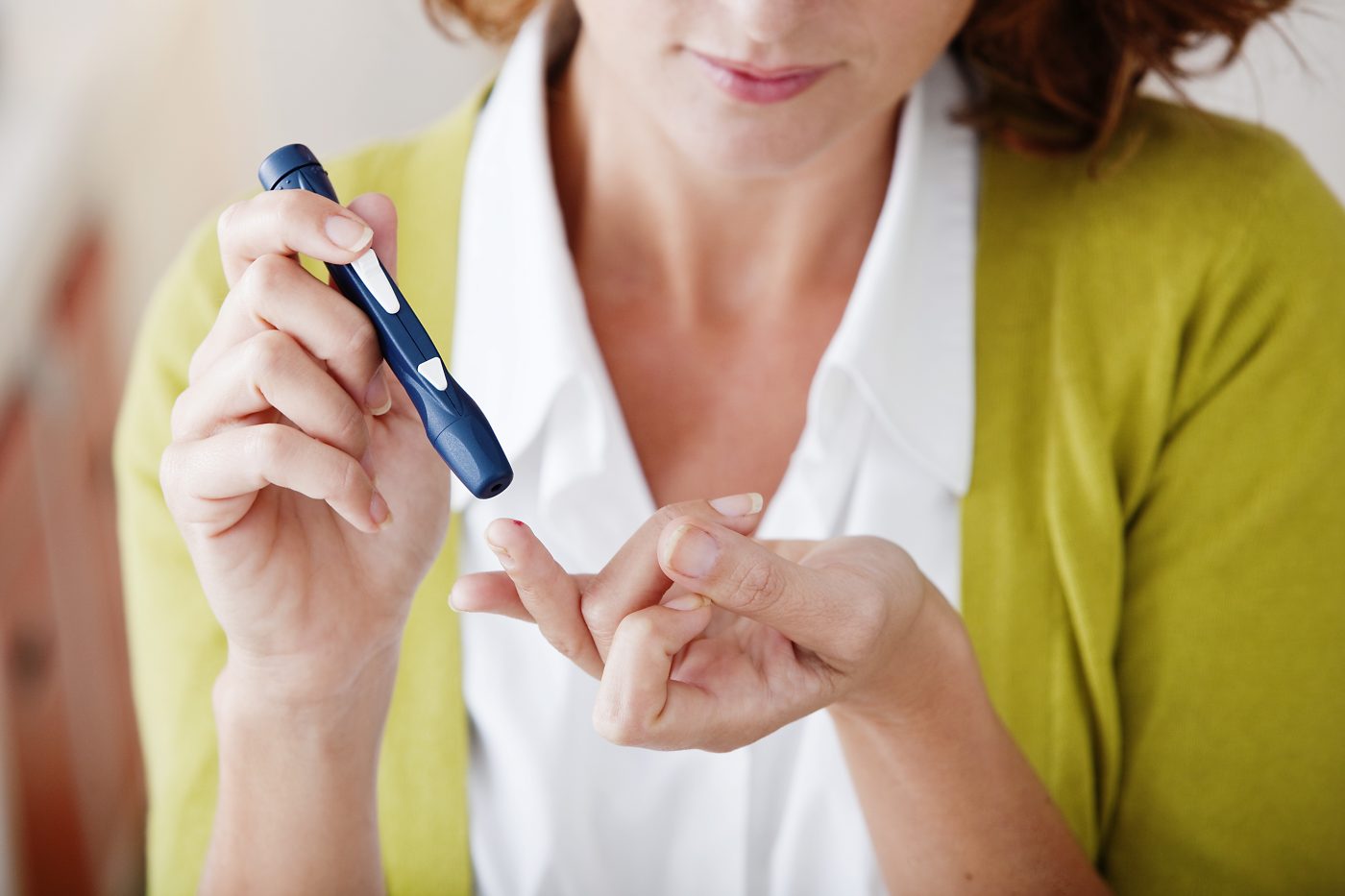Many type 1 diabetes patients discover that when they reach their teenage years, they can control their weight by reducing or restricting the amount of insulin they inject. Young diabetics often control their weight and perceive that they can eat whatever they want.
However, this is a dangerous practice, since the restriction of insulin causes high blood pressure, and the increase of toxic acids in the blood potentially leads to kidney disease, heart disease, blindness, and nerve damage, all diabetes-associated problems.
Clinicians treating patients with diabetes sometimes do not realize that their young diabetic patients may also suffer from an eating disorder. The combination of diabetes with an eating disorder is known as Eating Disorder-Diabetes Mellitus Type 1 (ED-DMT1), also commonly known as diabulimia.
The condition is more common that one might think, and particularly affects females. Results from a recent study showed that about 40% of females suffering from type 1 diabetes will or have developed an eating disorder.
During the Annual Meeting of the American Association of Diabetes Educators (AADE), which recently took place in New Orleans from the 5th to the 8th of August, Diabetes educators Marcia Meier, RN, CDE, and Lorraine Platka-Bird, PhD, RD, CDE, shared their thoughts on strategies for clinicians to manage ED-DMT1. The presentation focused in particular on strategies for early identification and treatment of both conditions.
“Eating disorders and uncontrolled diabetes each are dangerous by themselves, so having both is a double whammy,” said Platka-Bird. “Treating the diabetes without treating the eating disorder is like putting a band aid on a bullet wound. That’s why it’s vital that patients with diabulimia receive help from a treatment team that includes both a diabetes educator and an eating disorder specialist.”
The warning signs for ED-DMT1 that clinicians should be aware include, particularly in young women: Poor metabolic control; Wide fluctuation of hyperglycemia or elevated A1C levels; Weight loss; Recurrent hospitalizations; Lapses in testing; Fear of lows (concern over hypoglycemia); Long stretches between appointments; Scale anxiety; Dry skin and loss of hair; Classic symptoms of diabetes (such as excessive urination, extreme thirst and constant hunger); and, Classic symptoms of eating disorders (such as excessive fatigue, exercise, weakness and lethargy, being overly critical of appearance and lack of a regular menstrual period are some of the common signs of an eating disorder).
“It’s important for medical professionals to identify patients who may have eating disorders in addition to diabetes,” said Asha Brown, 30, a patient of Meier’s who will speak at the AADE meeting about her experiences. “It’s OK for them to acknowledge that they don’t have the resources to treat these patients and refer them to those with expertise, such as diabetes educators.”
For the treatment of both conditions, professionals need to be to able to manage both diabetes and eating disorders. Patients with diabetes must know how to read labels for their carbohydrates counting and patients with an eating disorder need to stop reading food labels. Maintaining healthy blood glucose levels while exercising can be challenging. A diabetes educator can help with these and other complex issues.


